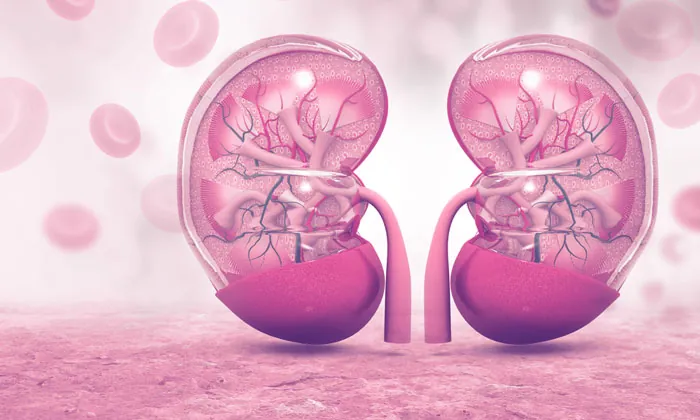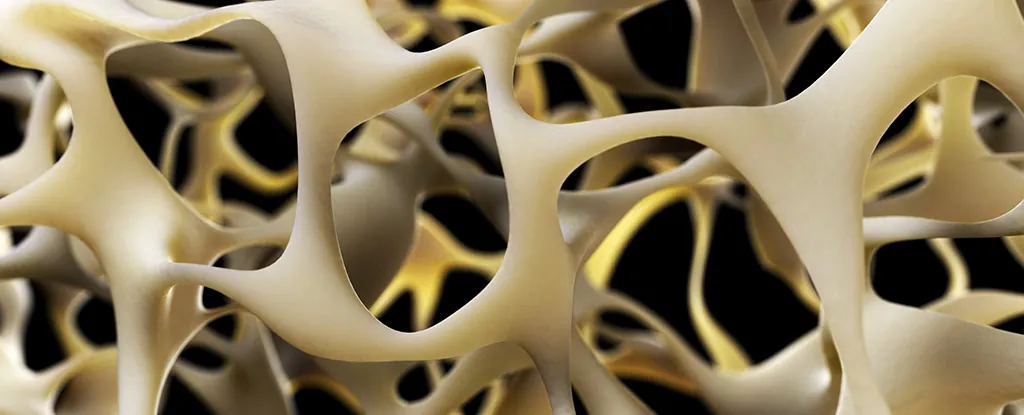
Revolutionary Lab-Grown Kidneys Show Promise for Future Transplants
2025-09-22
Author: Olivia
Groundbreaking Advances in Lab-Grown Kidneys
In a remarkable leap forward, USC Stem Cell scientists have unveiled advanced lab-grown kidney structures that function similarly to real kidneys. These cutting-edge creations, referred to as "assembloids," could revolutionize our understanding and treatment of complex kidney diseases.
A Major Breakthrough in Kidney Research
A team from USC Stem Cell has achieved a significant milestone in creating synthetic kidneys from both mouse and human cells. Their findings, recently published in the journal "Cell Stem Cell," highlight the generation of unprecedentedly mature organoids, which hold incredible potential for modeling kidney ailments.
Zhongwei Li, Associate Professor of Medicine at USC, emphasized the implications of this research: "This revolutionary tool allows for the creation of more accurate models for studying kidney disease, affecting one in seven adults. It's a crucial step toward developing functional synthetic kidneys for over 100,000 patients in the U.S. awaiting transplants—the only cure for end-stage kidney disease."
From Organoids to Assembloids: The Next Step
Building on previous efforts, scientists from the Li Lab combined components of nephrons (the kidney’s filtering units) and collecting ducts to create these innovative assembloids. This combination not only enhances the model's accuracy but also significantly improves our understanding of kidney functions.
Living Laboratories: Maturing in Real Bodies
In a groundbreaking move, researchers transplanted the assembloids into living mice, allowing them to mature in a natural environment. The result? These structures not only grew larger but also developed vital connective tissues and blood vessels.
Li noted, "Utilizing the natural self-assembly of kidney progenitor cells within their native environment is pivotal in our quest to create functional synthetic kidneys." Both mouse and human assembloids displayed kidney-like capabilities—performing blood filtration, protein uptake, and showcasing early urine production.
Beyond Embryonic Development
Unlike previous organoids, which only reached an embryonic stage, the mouse assembloids demonstrated maturity akin to that of a newborn mouse kidney. Human assembloids, while also surpassing embryonic development, have more uncertain maturation levels due to a lack of newborn human kidney samples for reference.
A New Hope for Disease Modeling
The assembled structures have also shown potential as models for complex human kidney diseases. The researchers successfully grew assembloids with a genetic alteration linked to autosomal dominant polycystic kidney disease (ADPKD), leading to the development of large kidney cysts and advanced disease features in living mice.
Li concluded, "Our study provides a powerful new tool for investigating various complex kidney diseases and lays a strong foundation for engineering functional synthetic kidneys—a lifesaving option for those in dire need."









 Brasil (PT)
Brasil (PT)
 Canada (EN)
Canada (EN)
 Chile (ES)
Chile (ES)
 Česko (CS)
Česko (CS)
 대한민국 (KO)
대한민국 (KO)
 España (ES)
España (ES)
 France (FR)
France (FR)
 Hong Kong (EN)
Hong Kong (EN)
 Italia (IT)
Italia (IT)
 日本 (JA)
日本 (JA)
 Magyarország (HU)
Magyarország (HU)
 Norge (NO)
Norge (NO)
 Polska (PL)
Polska (PL)
 Schweiz (DE)
Schweiz (DE)
 Singapore (EN)
Singapore (EN)
 Sverige (SV)
Sverige (SV)
 Suomi (FI)
Suomi (FI)
 Türkiye (TR)
Türkiye (TR)
 الإمارات العربية المتحدة (AR)
الإمارات العربية المتحدة (AR)